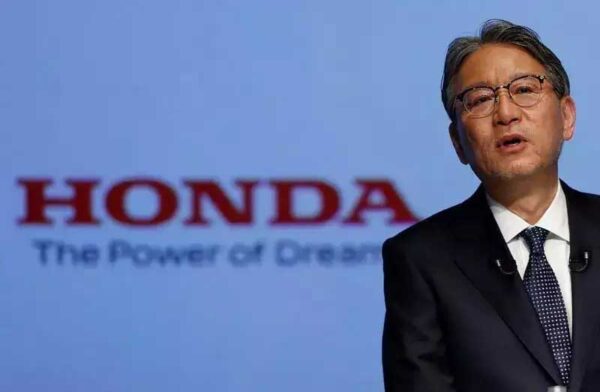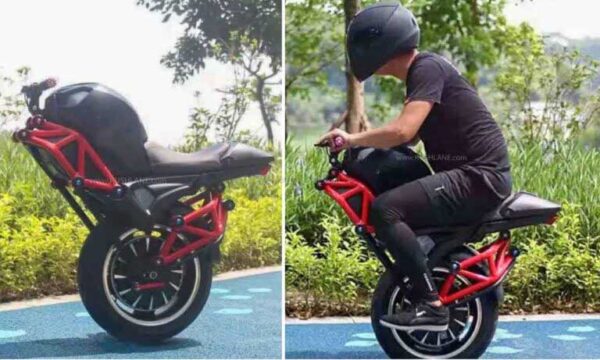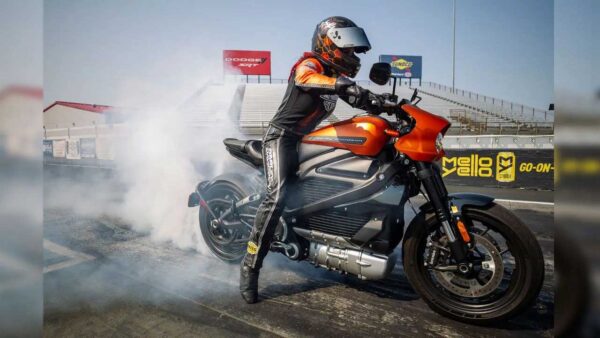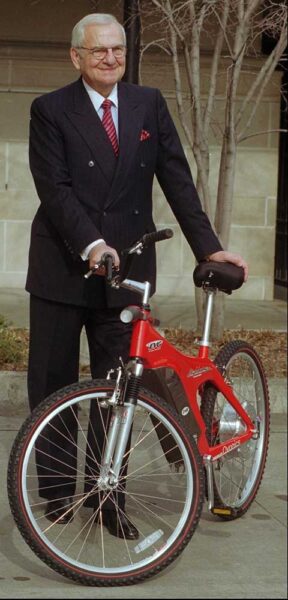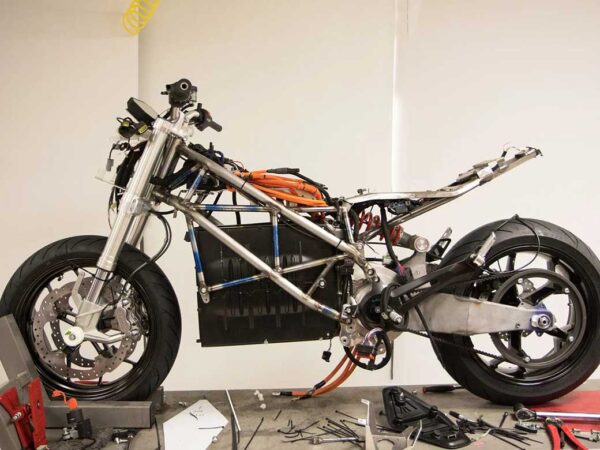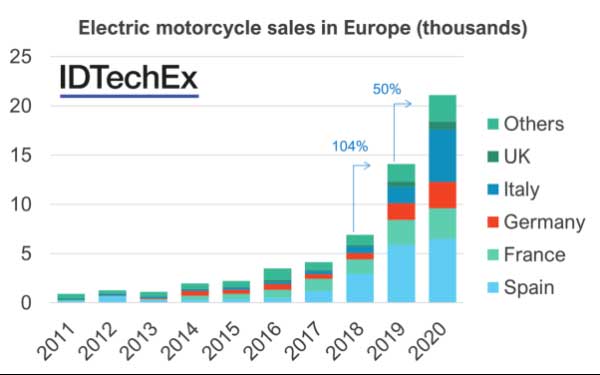Honda aims to have only electric vehicles sales by 2040
by Reuters from https://auto.economictimes.indiatimes.com New Honda CEO aims for 100% electric vehicles by 2040 Speaking at his first news conference since taking the chief executive position at the beginning of April, Toshihiro Mibe said the company expects EVs and FCVs to account for 40% of sales by 2030 and 80% by 2035 in all major markets. TOKYO: Honda Motor Co’s new chief executive said on Friday the company was aiming to increase its ratio of electric vehicles (EVs) and fuel cell vehicles (FCVs) to 100% of all sales by 2040. Speaking at his first news conference since taking the chief executive position at the beginning of April, Toshihiro Mibe said the company expects EVs and FCVs to account for 40% of sales by 2030 and 80% by 2035 in all major markets. Mibe began his leadership amid a growing shift in automobile technology to electric vehicles and autonomous driving. Traditionally known for its fuel-efficient internal combustion engines, Honda launched its first mass-produced all-battery vehicle last August. Mibe said the company also aimed to include advanced driver-assistance systems in all of its models in major markets by 2030.
Honda aims to have only electric vehicles sales by 2040 Read More »

